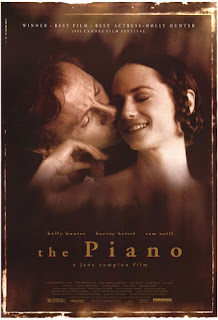A couple reunites at a desert motel and are forced to reckon with their pasts.
Sam Shepard began his career in the 1960s underground theatre scene of New York City, and by the end of the decade he had won a handful of Off-Broadway
Obie awards and was writing screenplays for arthouse films. The 1970s saw him rubbing shoulders with rock luminaries Bob Dylan and Patti Smith, winning a Pulitzer Prize for his play
Buried Child, and beginning his screen acting career with Terrence Malick's
Days of Heaven.
Director Robert Altman got his start making industrial films and documentaries, worked in television during the 1950s and 1960s. His move to film was punctuated with the early success of the anti-war comedy
M*A*S*H, and made him a notable member of Hollywood's counterculture. The remainer of the decade cemented his status with titles like
McCabe and Mrs. Miller, Nashville, and
The Long Goodbye. He became known for his ensemble casts and encouragement of improvisation among his actors.
After the box office performances of his films tapered off at the end of the 1970s, Altman embarked on an experiment of making four consecutive films based on plays, with modest productions and a reliance on the written word, to considerable critical success. For the last of these he opted to film Shepard's award-winning play
Fool For Love on the condition the writer would not only adapt it for the screen but also star in the lead role.
Shepard's partner, actress Jessica Lange was originally meant to co-star, but her pregnancy caused her to bow out. Altman went with Kim Basinger, who had mainly worked in television but had notable appearances as a Bond girl and in Barry Levinson's
The Natural. The cast also includes Harry Dean Stanton (who had just starred in
Paris, Texas based on Shepard's writings) and Randy Quaid.
The film was shot on location near Santa Fe, New Mexico, close to Shepard's own home. A small motel complex was built for the film (production designed by Altman's son Stephen), with some of the structures used to house various crew departments. Returning behind the camera to work with Altman for a fourth time was cinematographer Pierre Mingot.
While the adaptation was mostly faithful to the original play, Altman's notable change was to shoot flashbacks for multiple stories told by the main characters. In addition, the decision was made to expand the play's one-room setting for a slightly wider scope that made use of the motel's environs.
The film was released to mixed reviews, with some prominent defenders like Roger Ebert. It was also entered into the 1986 Cannes Film Festival. Altman would mount a major Hollywood comeback with
The Player in 1992 and maintained elder statesman status until his death in 2006.
Running time is approx. 1 hr, 45 min.











Comments
Post a Comment